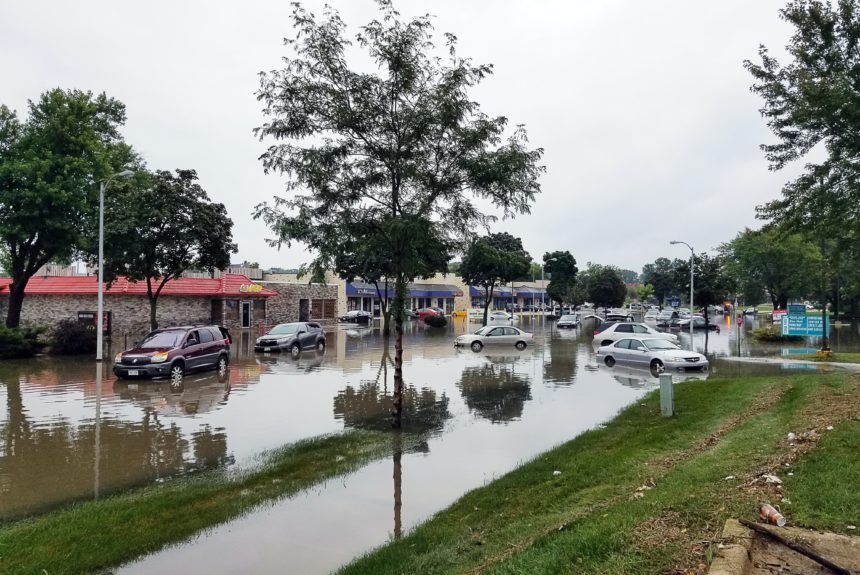Zak Colman of POLITICO explains how governments can more adequately confront climate risk.

- Extreme weather events and rising sea levels are making local and federal governments rethink climate risk.
- Bad flood mapping and poor building practices have put people, buildings, and homes in harm’s way.
- Onerous and confusing government regulations have additionally slowed down adaptation efforts.
- Reducing climate risk is a complex problem that will require multifaceted solutions including updating building codes, improving flood models, and adequately pricing the risk of natural disasters.
“FEMA is also weighing new regulations that would expand the federal floodplain, which could includeincreasing minimum requirements for elevating homes to reduce flood risk. Those rules could be a ‘game changer’ by requiring stricter building standards to reduce flood risk for hundreds of local governments, said Berginnis of the Association of State Flood Plain Managers. The rules have remained largely unchanged since 1976, before the broader public even heard of global warming.”
Read the full article here.
The views and opinions expressed are those of the author’s and do not necessarily reflect the official policy or position of C3.
